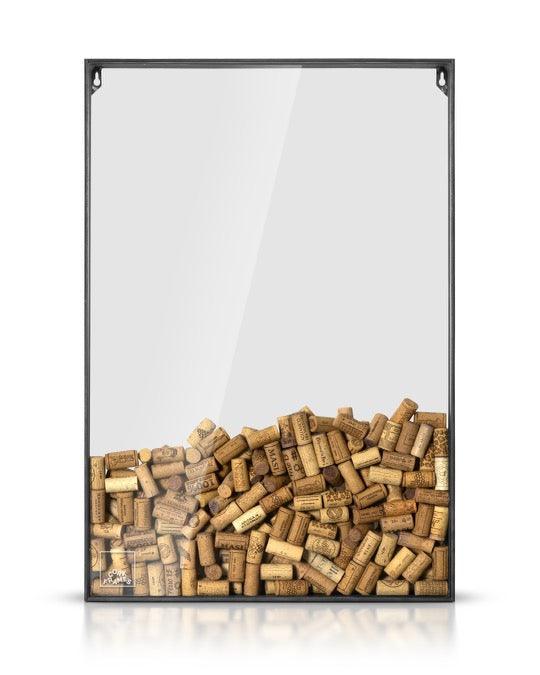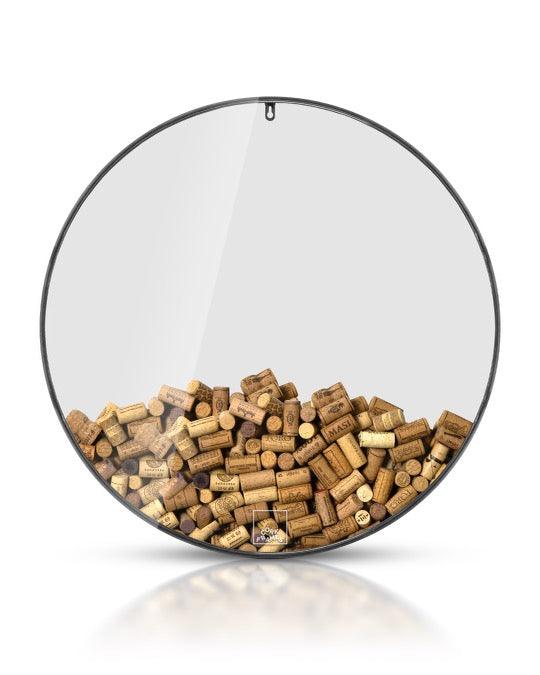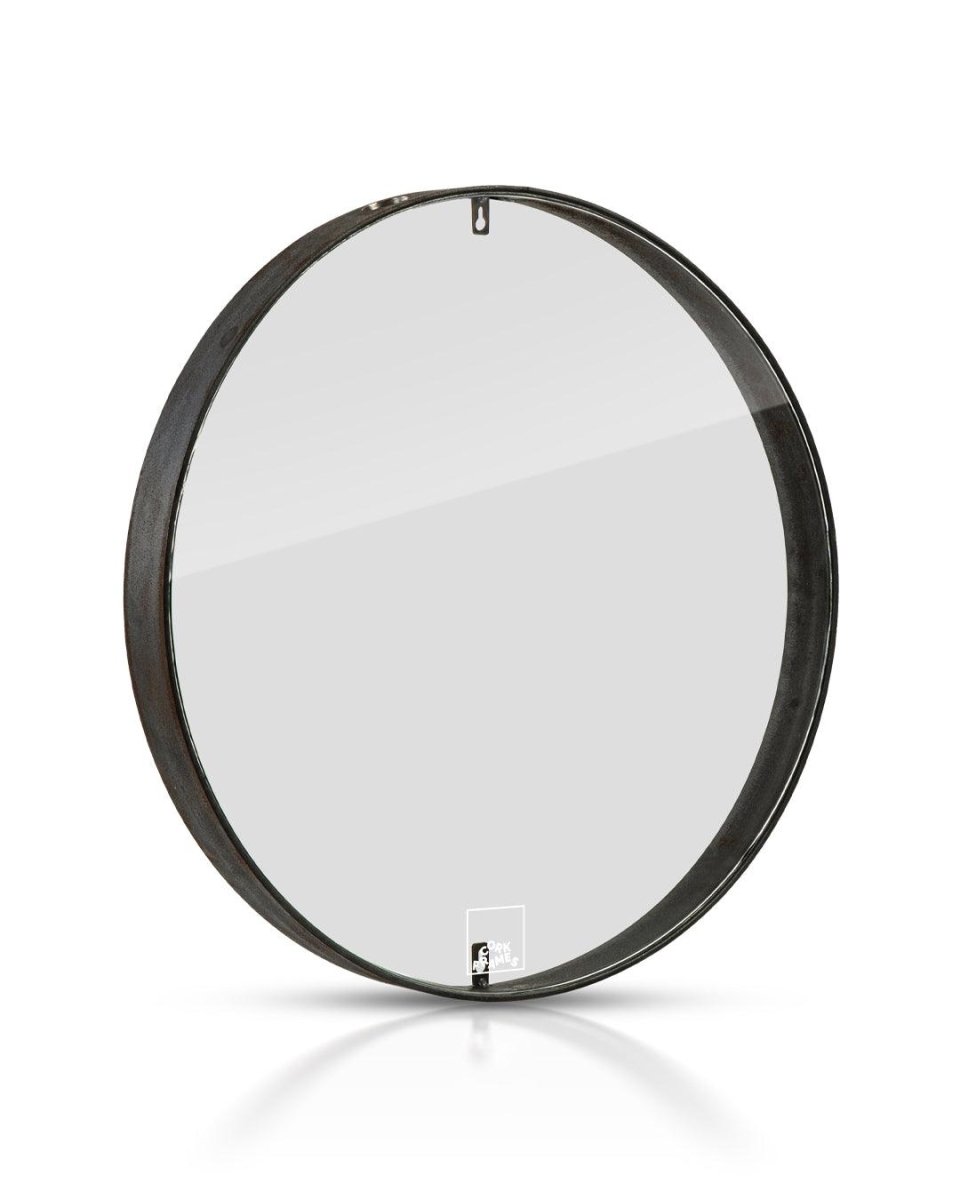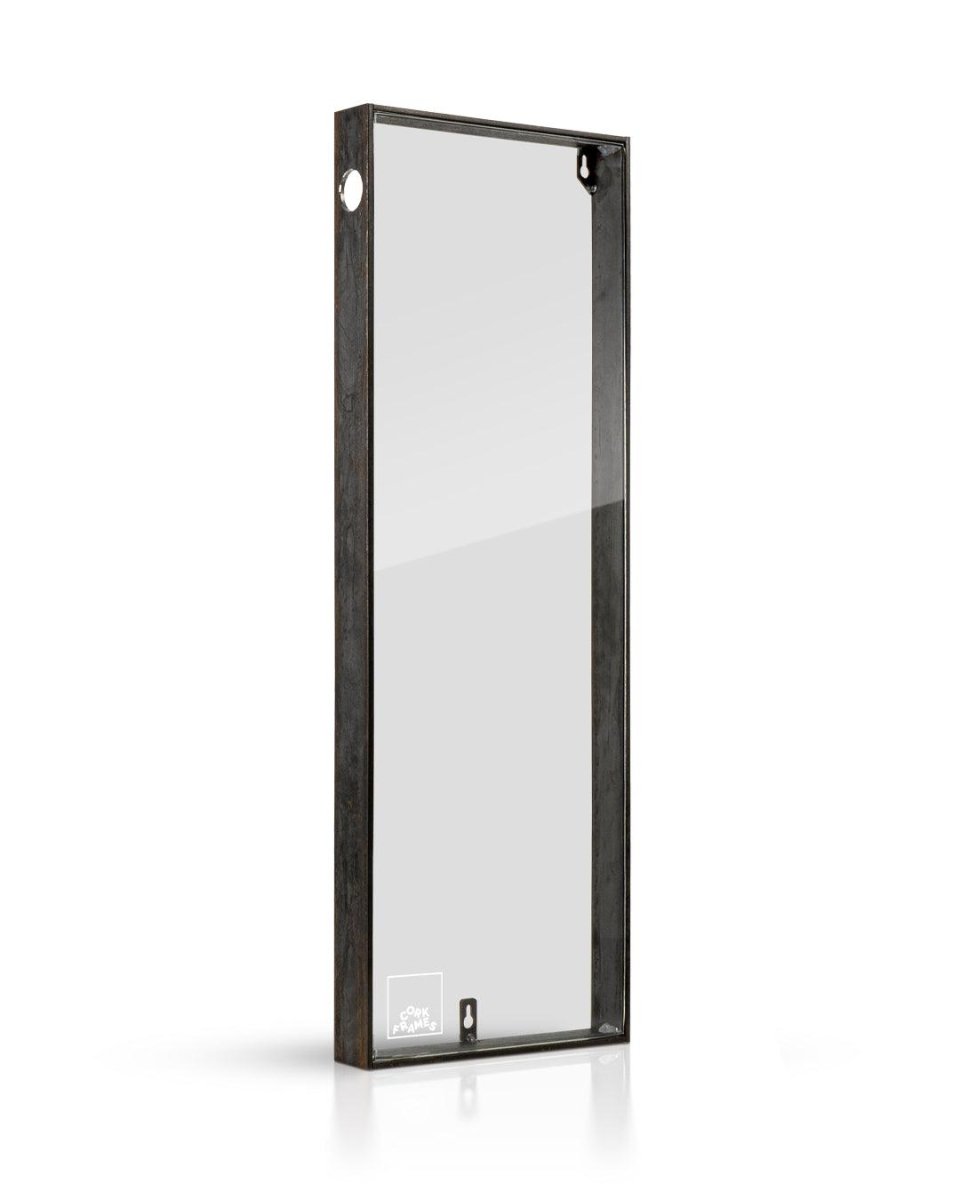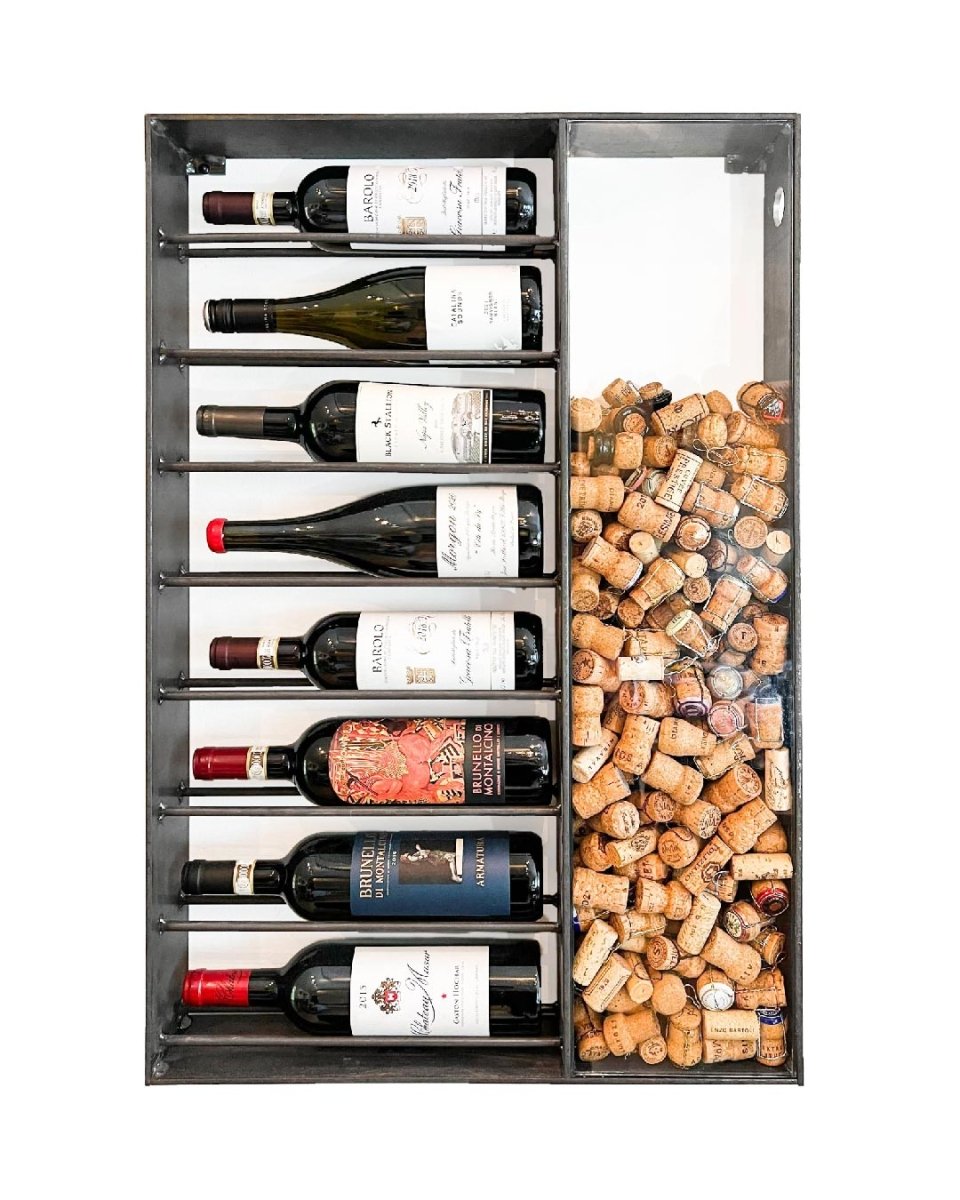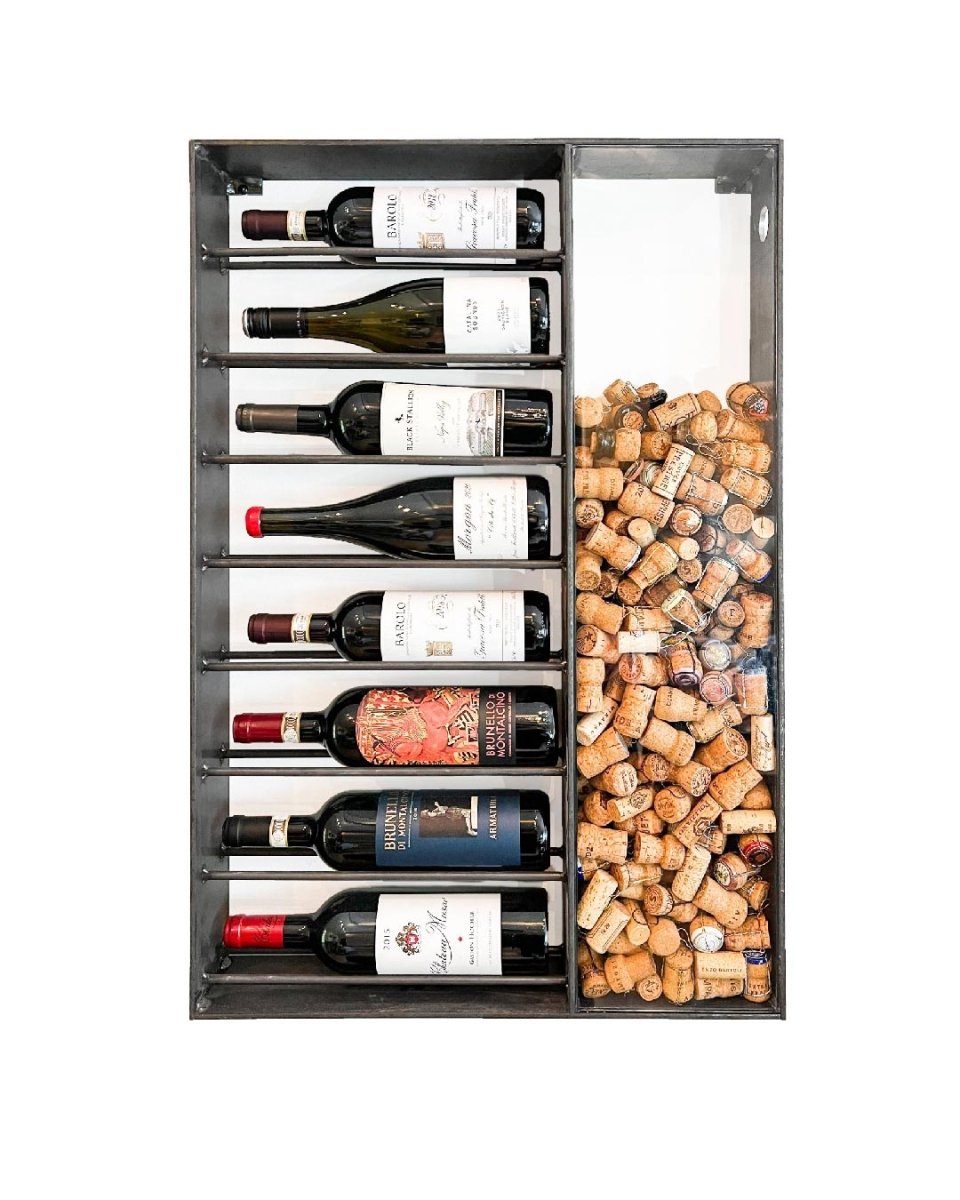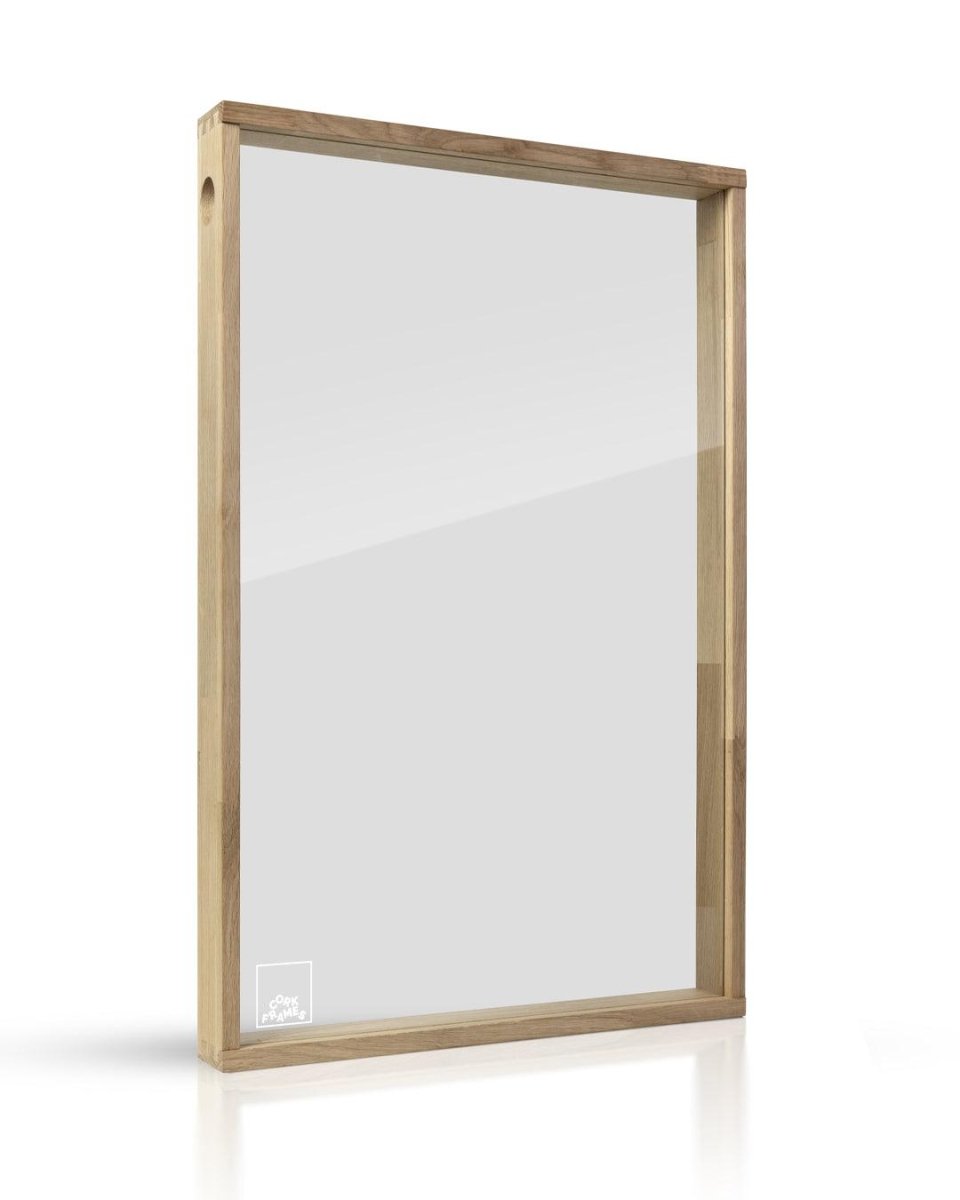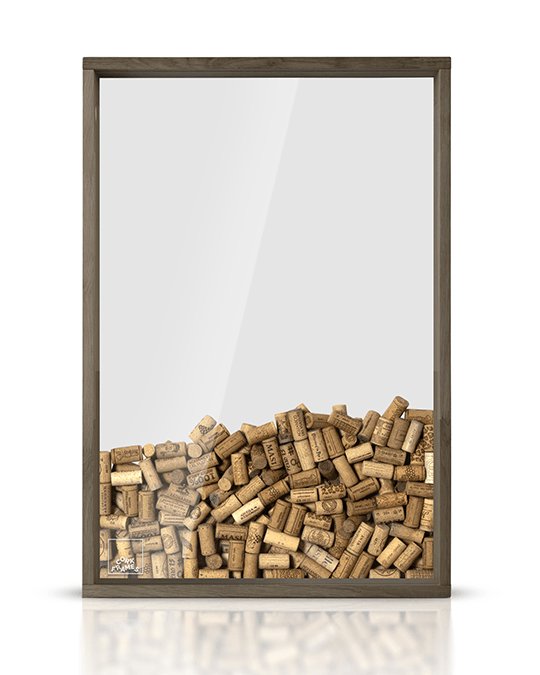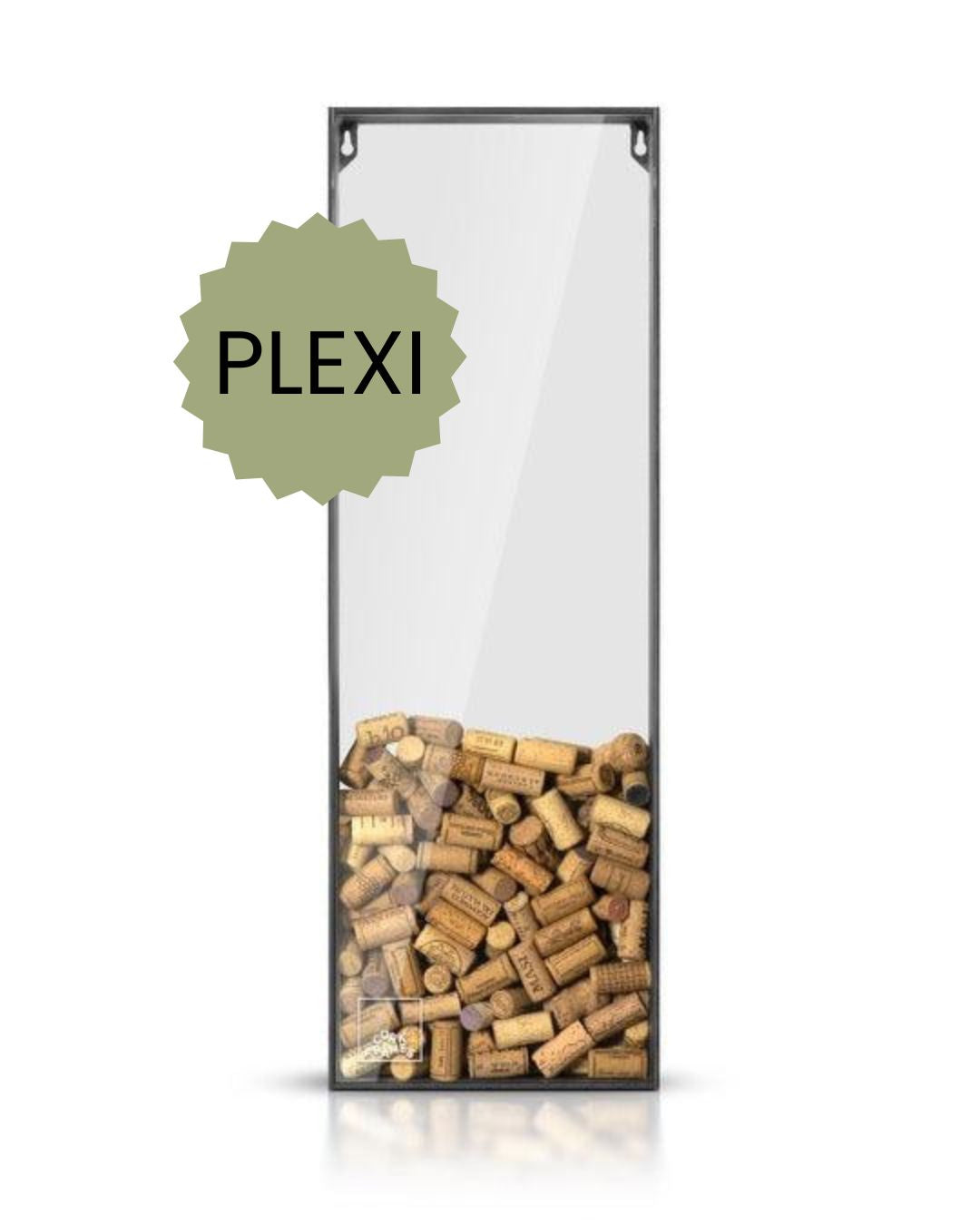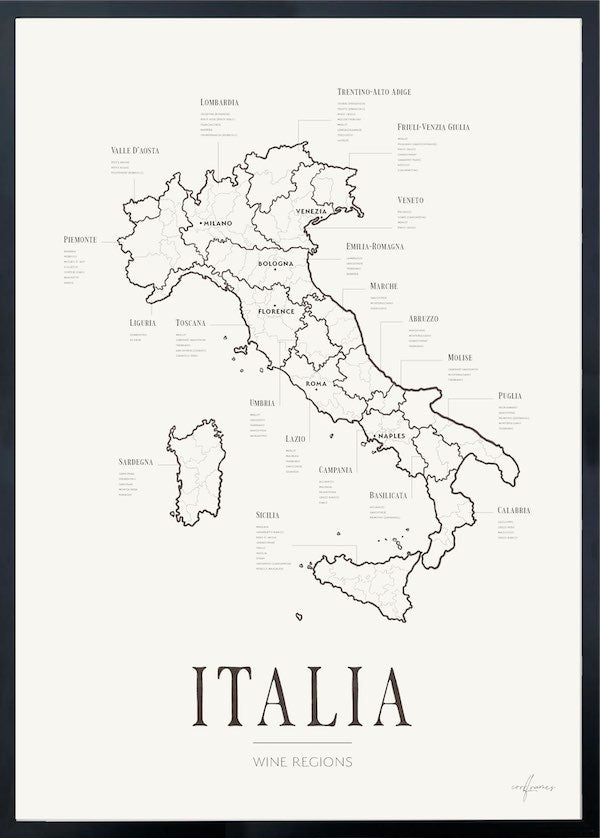Many people experience headaches after drinking red wine, and this can be attributed to several factors. One of the factors is the levels of histamines.
Histamines are compounds that can cause allergic reactions, and some people may have an intolerance or a deficiency in the enzyme needed to break down histamines (diamine oxidase), leading to headaches.
Wines with lower levels of histamines tend to be those that undergo less fermentation and aging, as these processes can increase histamine levels.
Here are some types of wines that generally have lower histamine levels:
-
White Wines: In general, white wines have lower histamine levels compared to red wines. This is because white wines typically have shorter fermentation times and less contact with grape skins, where histamines are concentrated.
-
Sparkling Wines: Many sparkling wines, including Champagne, Prosecco, and Cava, tend to have lower histamine levels. The fermentation process for sparkling wines is often different and may result in lower histamine production.
-
Young Wines: Wines that are consumed young, shortly after production, often have lower histamine levels because they haven't undergone extended aging processes that can increase histamine content.
-
Low-Histamine Labeled Wines: Some wineries specifically produce low-histamine wines and label them as such. These wines are made with techniques aimed at reducing histamine content, such as careful selection of yeast strains and controlled fermentation processes.
-
Certain Varietals: Some grape varieties naturally tend to have lower histamine levels. While specific data on varietals can vary, white wines such as Sauvignon Blanc, Pinot Grigio, and Riesling are often cited as having lower histamine content compared to many red wines.
Tips for Finding Low-Histamine Wines:
- Look for Wines Labeled as Low-Histamine: Some producers specifically market their wines as low in histamines.
- Consult with Wine Merchants: Wine experts or merchants may be knowledgeable about low-histamine options and can provide recommendations.
- Research Wineries: Some wineries focus on producing wines with minimal additives and lower histamine levels. Researching their production methods can be helpful.





